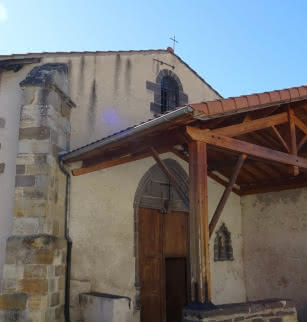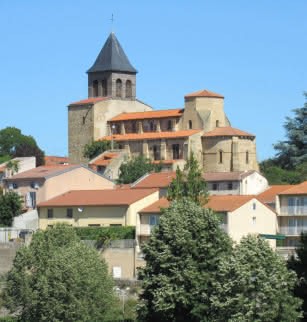Church of Our Lady of the Nativity

Église Notre-Dame de la Nativité was originally a small chapel from the 17th century. Since then it has been revamped several times.
Located at the foot of Puy Gravenoire, the village of Boisséjour – whose name has evolved from Essejoux to Boissehoux to Boisséioux to Boisséiour… – is part of Ceyrat. It is separated from it by the Artière, a small river that also irrigates Beaumont and Aubière.
The church’s construction began in the late 17th century, as evidenced by the inscription “1699” on the entrance door’s keystone. It was originally a small chapel, with a low semi-circular vault and a side chapel in the left section. At an unknown date, a second side chapel was added, in symmetry with the first.
In the 19th century, this chapel became too small and was extended and the vault raised. Two renowned Clermont architects worked on it. Hugues Imbert (1807-1876) built the church’s sacristy for which he proposed a plan in 1859. He was also the architect of the Église Saint-Martin de Ceyrat and other buildings in Clermont, such as Église Saint-Eutrope (1858-1862, listed as a historic monument in 1986). François-Louis Jarrier (1829-1881) extended the church by adding a choir, against the originally flat apse, and a bell tower in 1862. François-Louis Jarrier, architect for the city of Clermont-Ferrand, was responsible for the synagogue in Clermont-Ferrand. The southern crosspiece of the transept has a baroque altarpiece which has been listed as a historic monument since 1982. The stained-glass windows came from donations by the inhabitants, including on the western façade, an Art Deco stained-glass window by master glassmaker François Taureilles, depicting Jesus at the home of Martha and Mary.
Prices
- Free of charge.

























